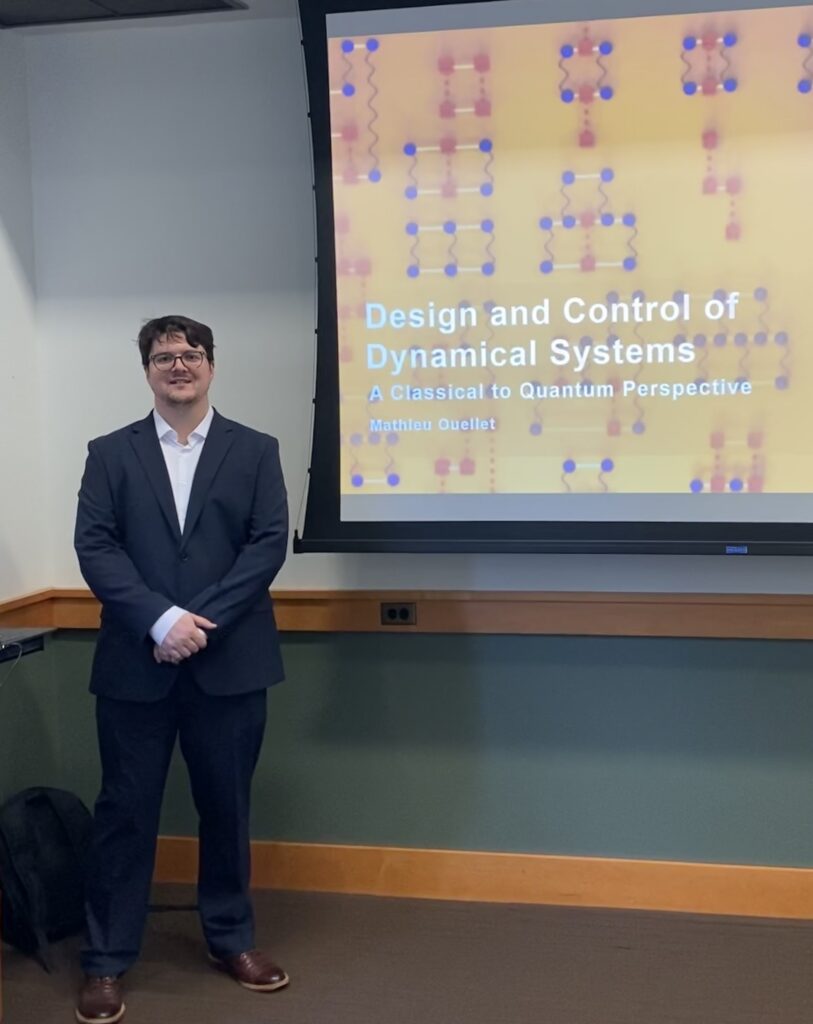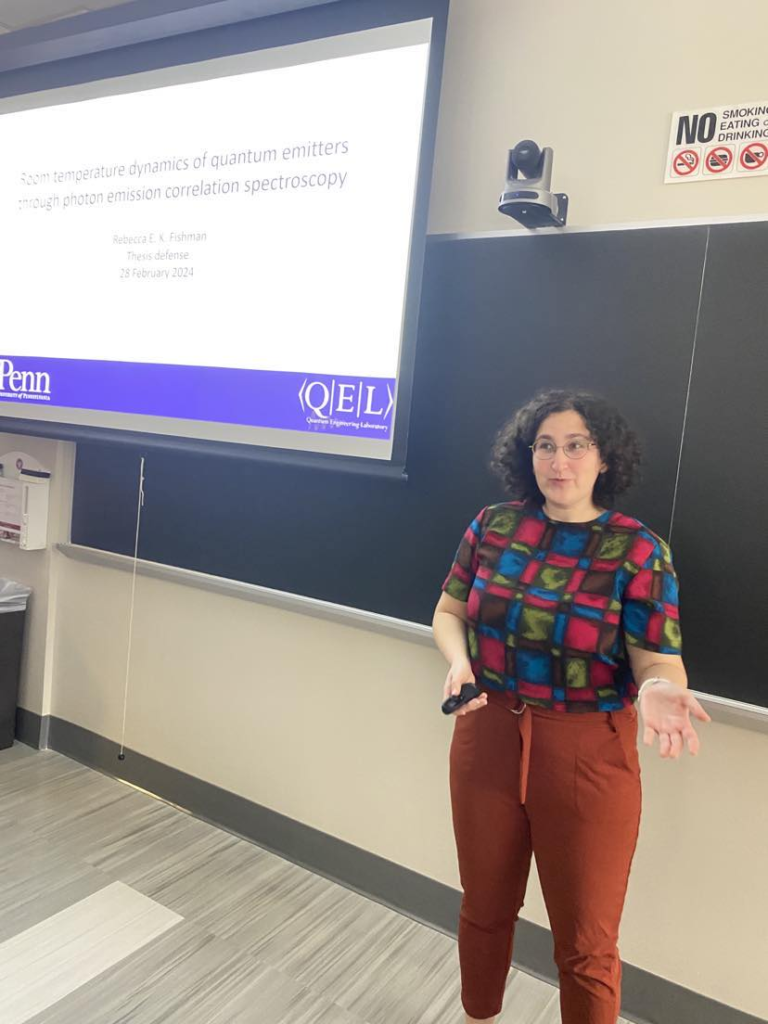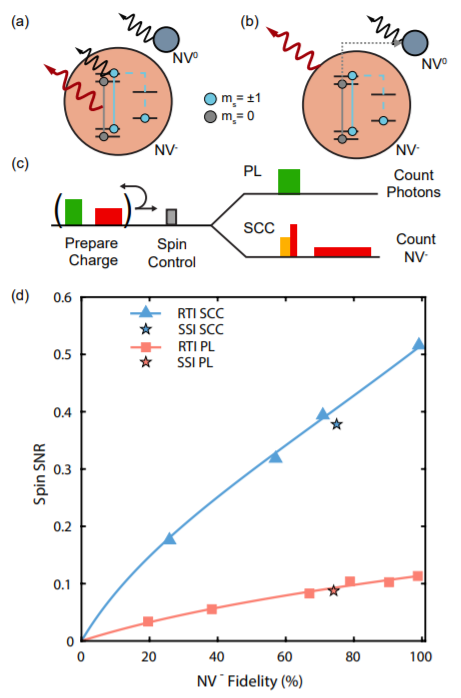- Newton: Mimicking prions for self-replicating machines
Our paper on mechanically modeling prions is featured on Newton.
- EurekAlert!: New quantum sensing technology reveals sub-atomic signals
Our paper on nuclear quadrupolar resonance spectroscopy is featured on EurekAlert!
- Congratulations, Mathieu!
Congratulations to Mathieu on defending his PhD thesis!

- Congratulations, Sarah!
Congratulations to Sarah on defending her PhD thesis!

- Congratulations, Becca!
Congratulations to Becca on defending her PhD thesis!

- Congratulations, Sarah!
Sarah has won the Haller Prize, awarded to the best graduate student at the 32nd International Conference on Defects in Semiconductors. “The Haller Prize is named after Eugene E. Haller who was a major figure in the semiconductor community and an inspiring mentor for students.” (http://icds2023.org/prizes)
- Welcome, Jeiko!
Jeiko Pujols has joined our group as a first-year PhD student in the ESE department.
- Congratulations, Henry!
Congratulations to Henry on defending his PhD thesis!

- Congratulations, Alex!
Congratulations to Alex on defending his PhD thesis!

- Congratulations, Raj!
Congratulations to Raj on defending his PhD thesis!

- Congratulations, Yung!
Congratulations to Yung on defending their PhD thesis!

- Congratulations, Alex!
Alex Breitweiser is awarded an IBM PhD Fellowship.
- Congratulations, Jordan!
Incoming PhD student Jordan Gusdorff is awarded an NSF Graduate Research Fellowship.
- Congratulations, Abby!
Abigail Poteshman is awarded the William E. Stephens Prize from the Penn. Dept. of Physics & Astronomy.
- Our paper on real-time control is selected as an Editor’s suggestion in Phys. Rev. Applied

Real-Time Charge Initialization of Diamond Nitrogen-Vacancy Centers for Enhanced Spin Readout Journal Article
In: Phys. Rev. Applied, vol. 13, pp. 024016, 2020.
- Penn Medium: Penn Engineers Ensure Quantum Experiments Get Off to the Right Start
Our paper on real-time control is featured in Penn Medium.
- A Special Issue of Nanophotonics explores current research with defects in emerging materials, including our perspective on Quantum Defects by Design

Quantum defects by design Journal Article
In: Nanophotonics, vol. 8, no. 11, 2019.
